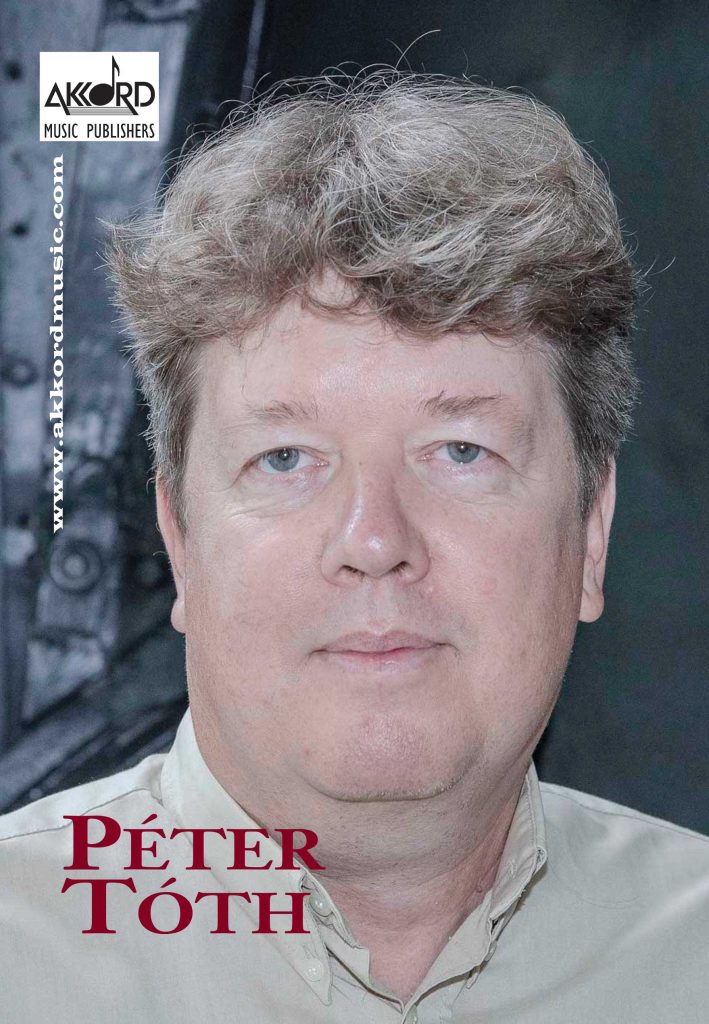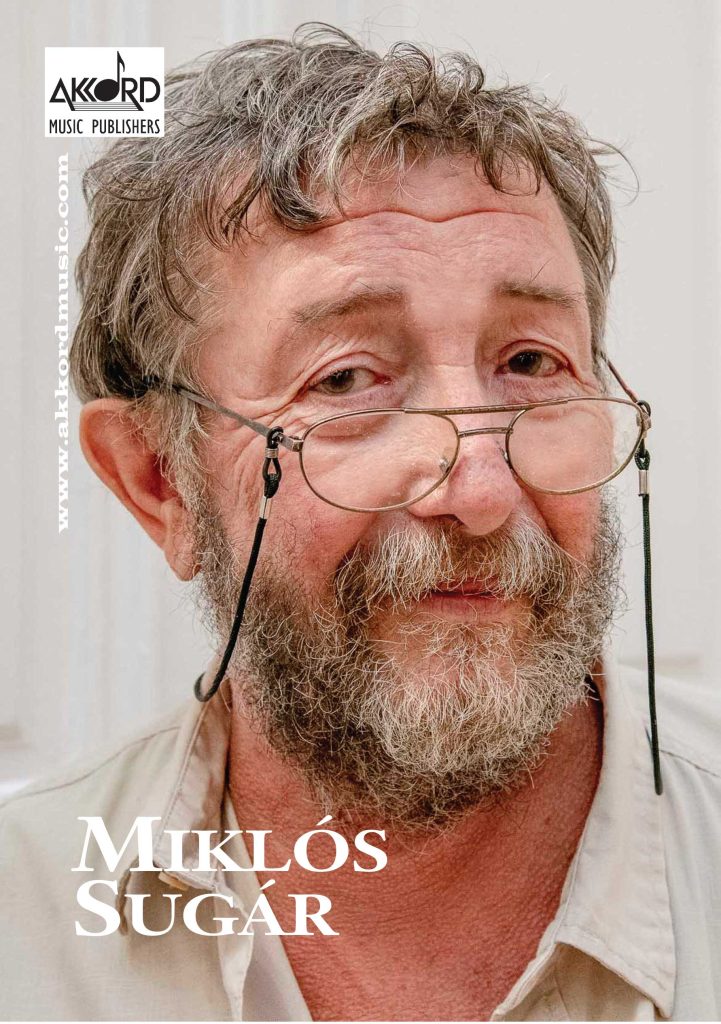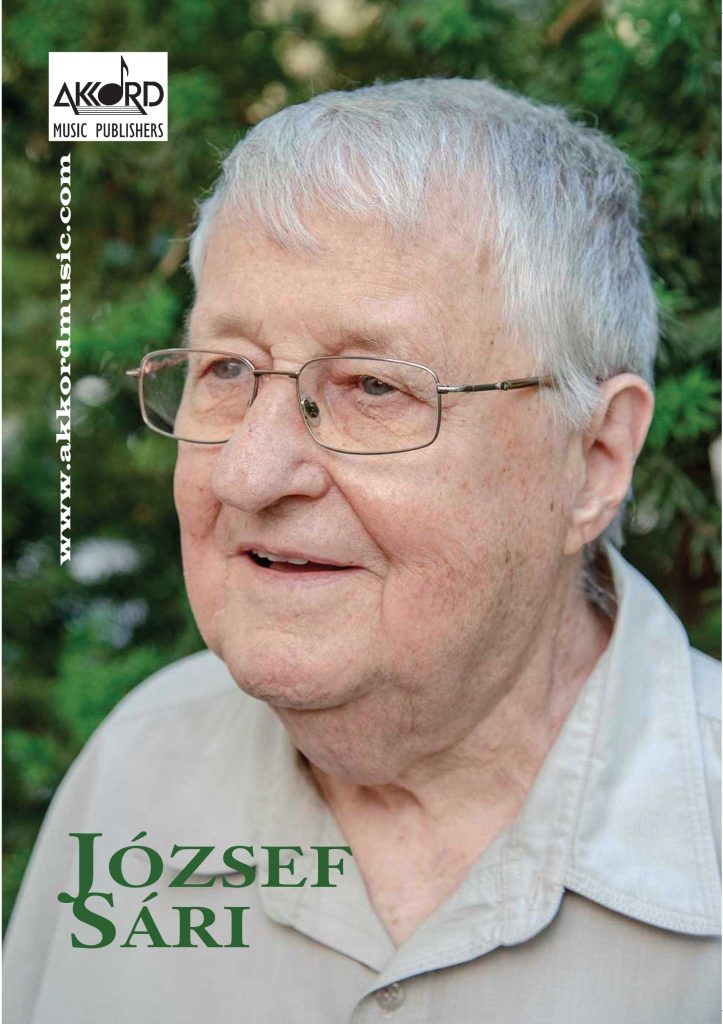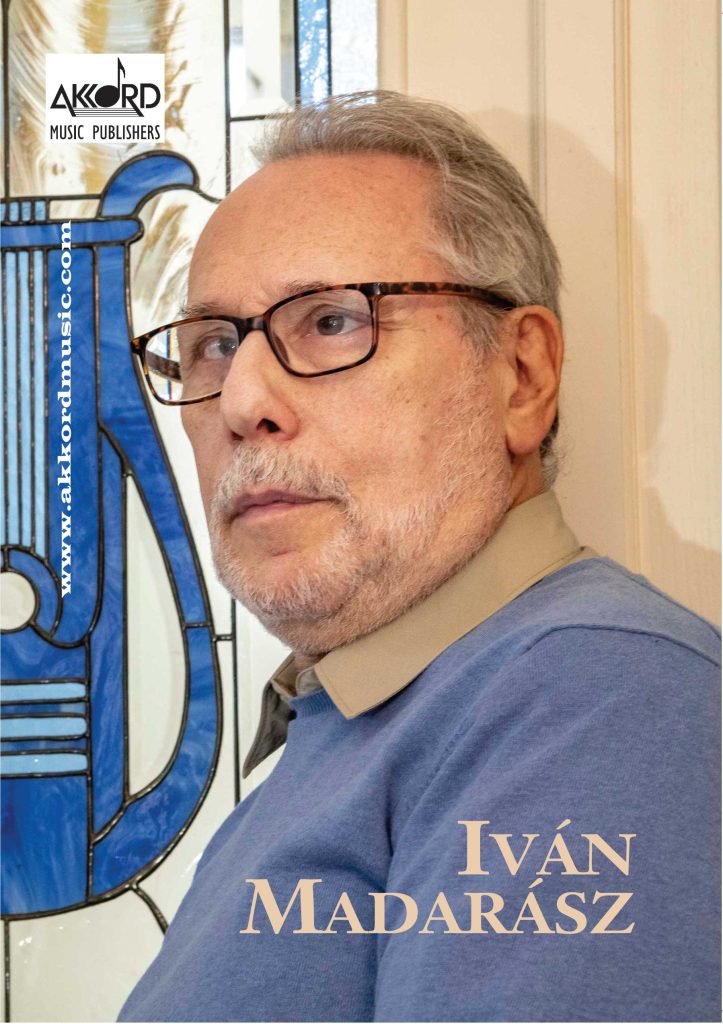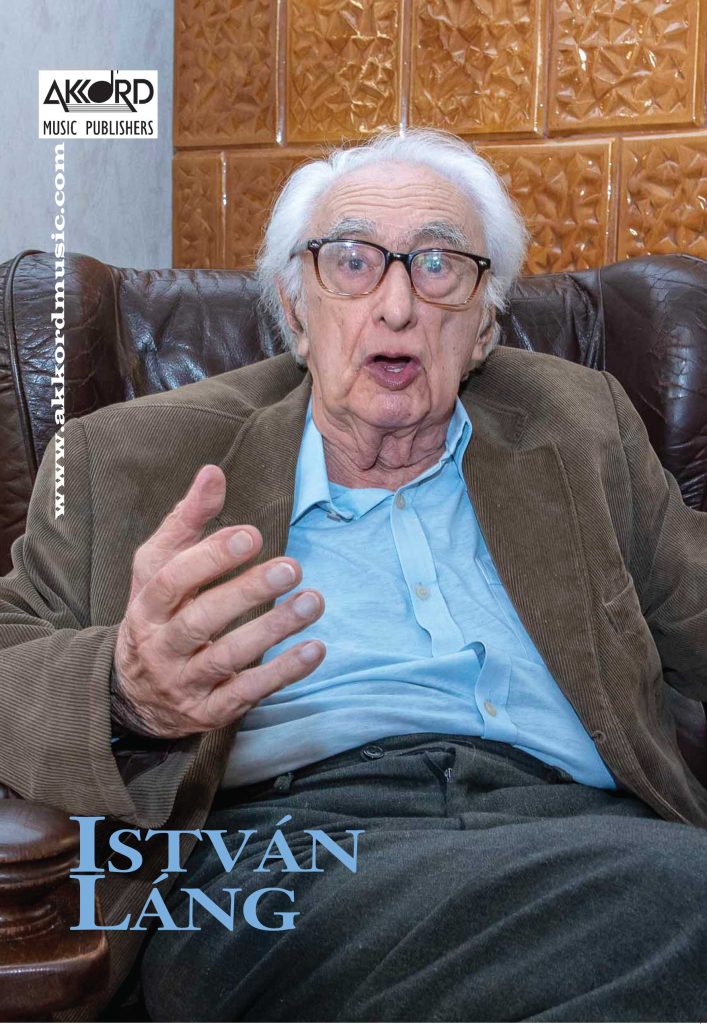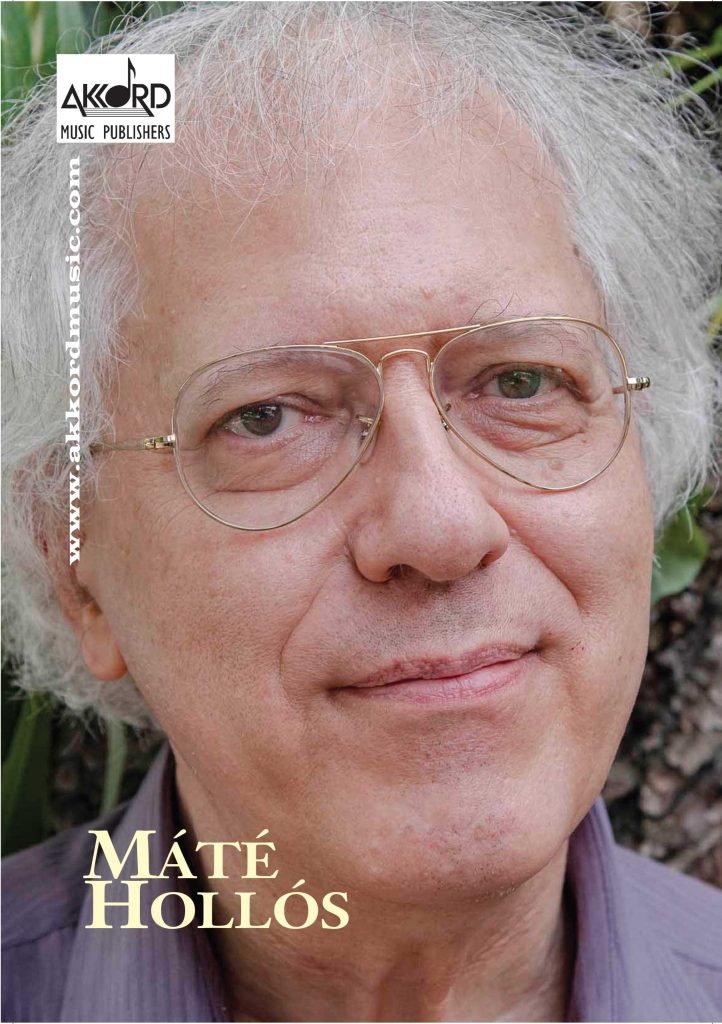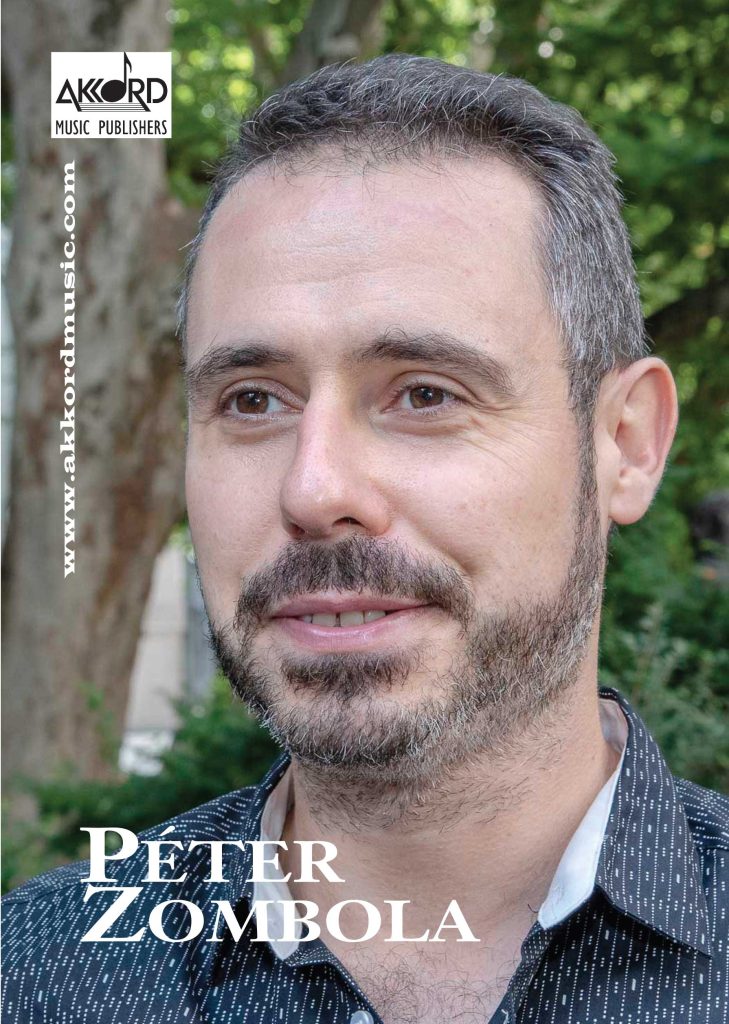 View Large
View Large
Kamilló Lendvay (1928–2016) studied at the Liszt Academy of Music in Budapest between 1949 and 1957 in the composition class of János Viski, and at the same time also attended the conducting course of László Somogyi there. After his studies, he became conductor and repetiteur at the Szeged National Theatre, and the director of its opera company and choir – during this time he established a strong connection to vocal and stage music. Between 1960 and 1966 he was musical director of the National Puppet Theatre, until 1968, leader of the Central Art Ensemble of the Hungarian People’s Army, and from 1970, conductor of the Budapest Operetta Theatre. In 1972 he started teaching music theory at the Liszt Academy Budapest and was a head of department there from 1976 until his retirement in 1992. Among his awards are: Erkel Prize (1962, 1964, 1978), Bartók–Pásztory Award (1989, 2005), Kossuth Prize (1998), Artisjus Prize (2003).
Lendvay’s output as a composer is remarkably varied. Nearly every genre of music is represented in his oeuvre, from stage compositions through chamber music to symphonic works. Classical forms and genres play an important role in his music together with the experiences gained from the history of twentieth-century Hungarian music, at times mixed with grotesque elements. His works are regularly played outside Hungarian concert halls and they have been performed in countries across Europe, Asia and the United States. Most of them also have been recorded; in 1979 the recording of the opera The Respectful Prostitute won the Grand Prix International du Disque Lyrique award in France.
2 Movements for Trumpet (1997) follows the slow-fast structure typical of instrumental solo pieces. The first movement, entitled Capricious, lets musical processes flow freely, creating an improvisatory atmosphere. A strong fantasy-like quality dominates the movement, reinforced by the initially lacking then frequently changing time signature, and dense chromatic passages. The typical performance instructions are libero, which emphasizes the free aspect of playing, rubato, leading to a speech-like quality, and quasi cadenza, reflecting the whole of the character. This free fantasy morphs into a more structured form at the clearly

recognizable second part of the movement (Andante): it resolves rhythmically and in terms of its tone set, then, following the increasingly agitated climax of an espressivo melody, settles down into a Lento closure. The second movement depictsthe Thoughtful even in the visual appearance of itssheet music, more angular even at first glance, and with fewer chromatics and simpler rhythmic groups. Nearing the end of the essentially grazioso movement (cantabile, poco rit.) the trumpet recallsthe thematic material of the first movement’s cadenza-like section (libero, lento assai, rubato), then closes the whole piece with determined gestures in C major. Rapsodia (1955) for violin and piano is a piece of juvenilia dating back to Lendvay’s student years at the Liszt Academy. In its slow movement (Andante cantabile) the rhythm resembles the performance style of folk music, and the melodic turns familiar from folklore, affectively discoloured, evoke associations with Bartók’s works. The cadenza of the virtuoso fast movement, speeding away in three-beat measures (Allegro), is followed by a recalling of the theme of the first movement, then a gradual accelerando that leads back to the material of the Allegro. The four movements of the String Quartet no. 2 (2007), dedicated to the Bartók String Quartet, follow a classical order in terms of their character, but the construction of the form has some surprises in store. After a Largo introduction comes an energetic first movement (Allegro) which gradually accelerates to a Vivo tempo. The slow movement (Lento) has all four strings playing extensive melodies: for instance, at the beginning of the movement the cello, then, in the closing siciliano section, the viola, plays the main role for the duration of a few expressive measures. The Scherzando third movement is followed by a finale (Allegro vivace, energico) that plays around with rhythmic possibilities, and includes a ten-measure, slow reminiscence of the first movement.
Thirdplaying (1993) for flute and piano has an educational goal and is already useful as teaching material in the higher grades of music schools. A Lento, ma non troppo segment opens the piece, followed by an Allegretto, then a shortened recapitulation of the basic musical ideas of both parts – naturally, with thirds featuring prominently. In Three Movements (1994), written for bassoon and piano, two fast movements (Allegro giocoso and Vivo) surround a slow one (Lento, libero). The score itself also promises an aesthetic experience, since it is a fair copy of the composer’s manuscript. In the movements, jokes and other theatrical gestures play a significant role, and so does the dramatic effect that arises from sharply juxtaposed characters, especially in the middle movement which contains the core message of the piece

The 24 Duos (1985) also have pedagogical purposes and can be performed both on two violins or a violin and a viola. The titles of its movements refer to instrumental techniques (Pluckingmode), composition techniques (Irregular imitation, Capricious variation), genres (Minuet-like, Ragtime) and extramusical actions (Chit-chat, Quarrel). 12 Duos (1994) for two violins, which contains a series of short movements, has smiley and sad faces in the score representing the theme and accompaniment, introducing young instrumentalists to the basics of chamber music in a playful way. The pieces may be performed in any grouping or even by themselves. Six B. to B. (1995), meaning Six Bagatelles to B. (Hurried Steps, Chimes, Hesitant March, Song, Meditation, The War of the Ants) is a witty series of striking musical ideas poured into miniature forms.
Written by Viktória Ozsvárt,
translated by Péter Ittzés




